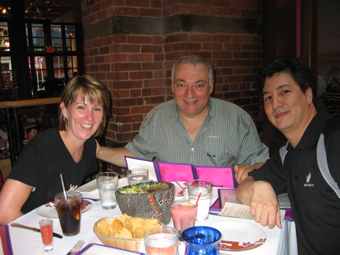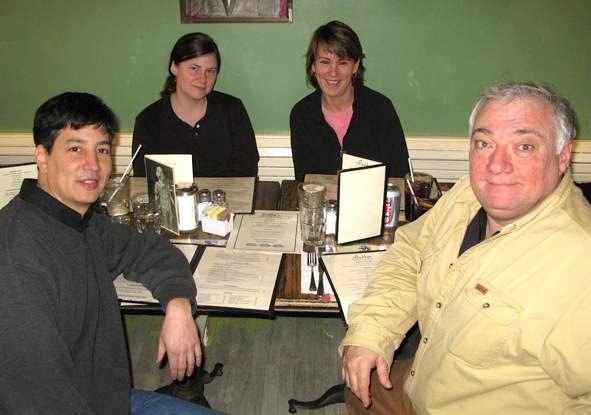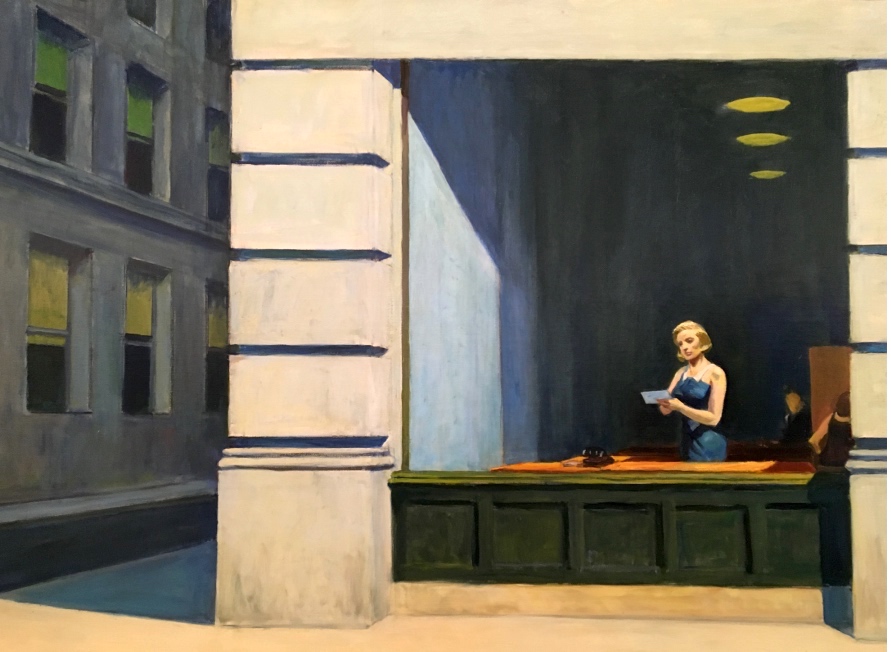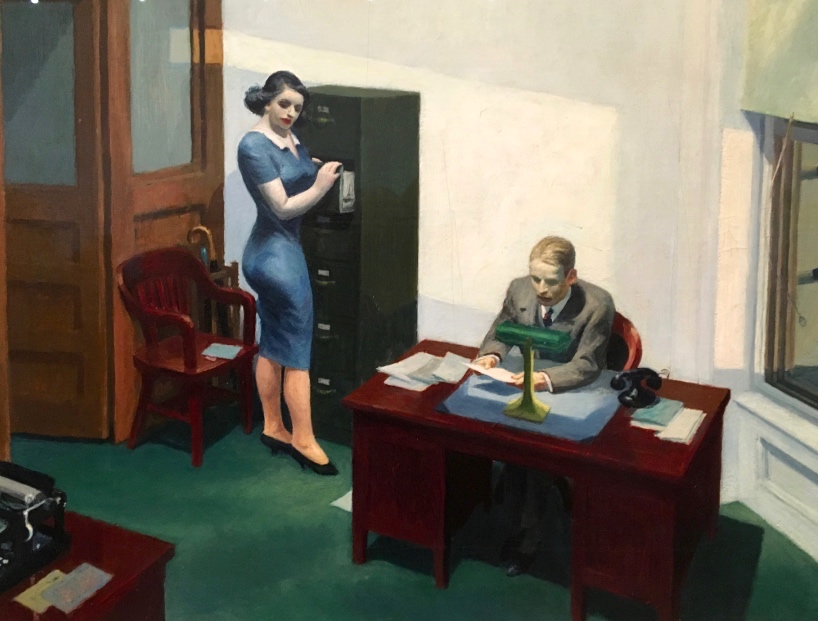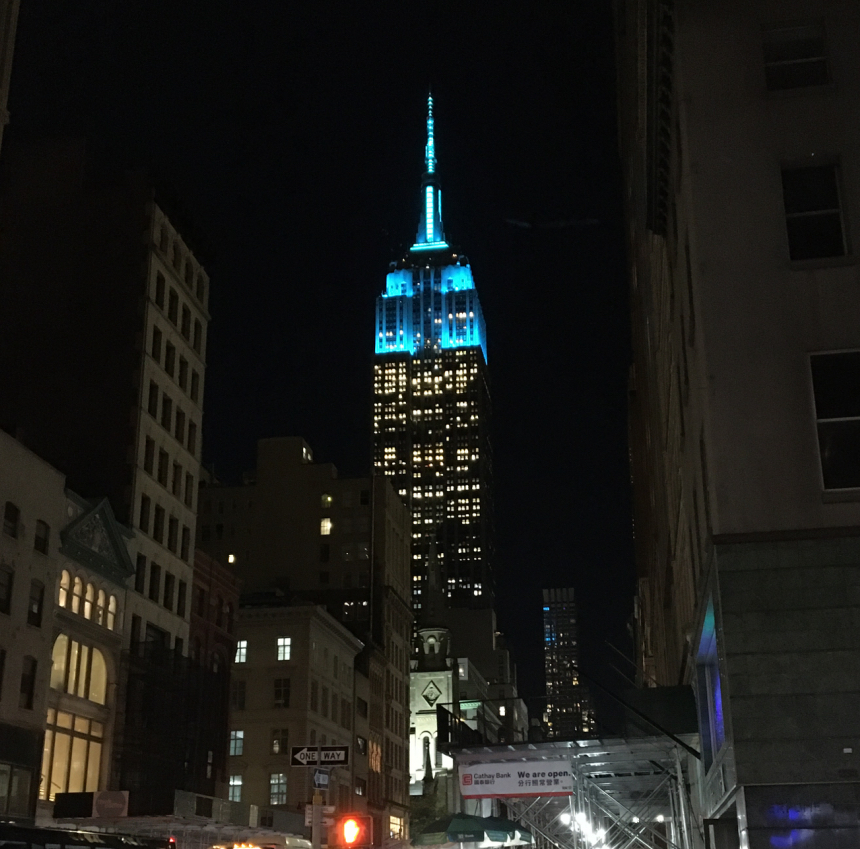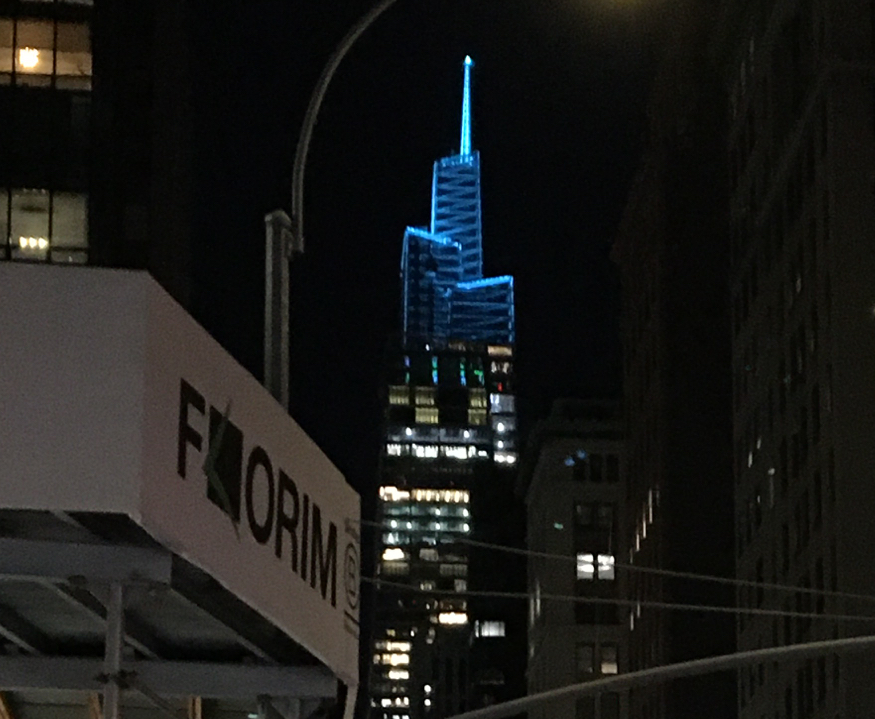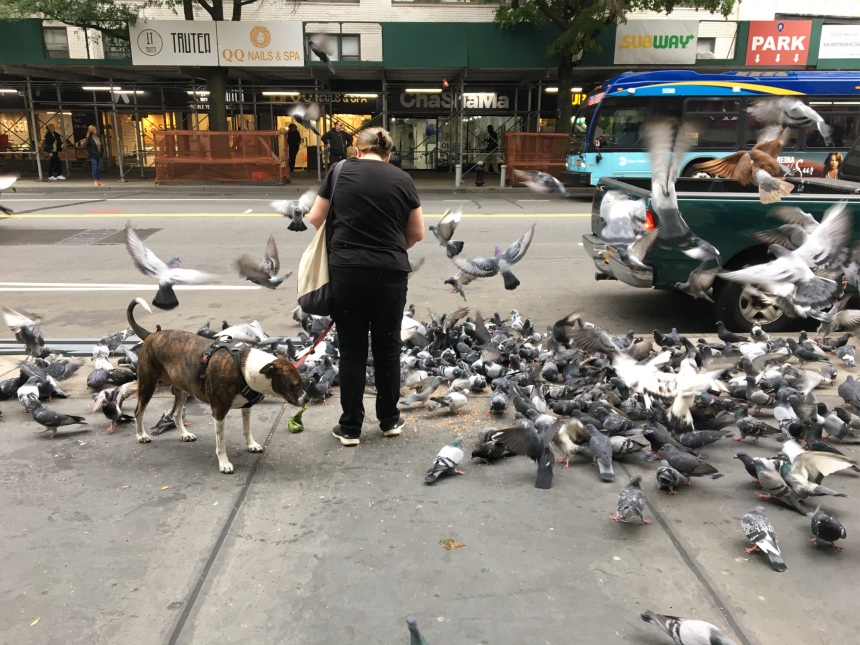Rest in Peace, Kevin Krooss
An old friend of mine just died. It was completely out of the blue. He was 67 and mostly healthy, very physically active. It was a gut punch. I’ve known him for decades. He came to Echo, a social network I started in 1989, and he basically helped Echo in a million ways ever since. He was very tech and software savvy so he was always fixing something. I’ve been going through a hard time recently and he invited me out to his home in Caumsett Park, a nature preserve out on Long Island, to take a break in a beautiful spot. He offered to pick me up at the train station, drive me around. We’d go swimming and kayaking, two things he knew I loved to do. I’ve been holding onto that invitation, thinking of taking him up on it this spring.
He was always doing something nice for me (and for Echo). A few weeks ago I posted that I was having trouble sleeping and he sent me a couple of boxes of tea that he said helped him. And it helped! I have that tea whenever I am anxious and need something soothing.
I’m sure a lot of people are missing him now. I can’t believe he’s gone. Weirdly, I have almost no pictures of him. I don’t know why that is. But here are a couple of pictures from 2009 and 2006, at lunches with Sue and Josh, (and one also with Andi) who used to work for Echo. We’d get together from time to time for mini-reunions.
This just sucks. I don’t know how else to put it. It just sucks.

